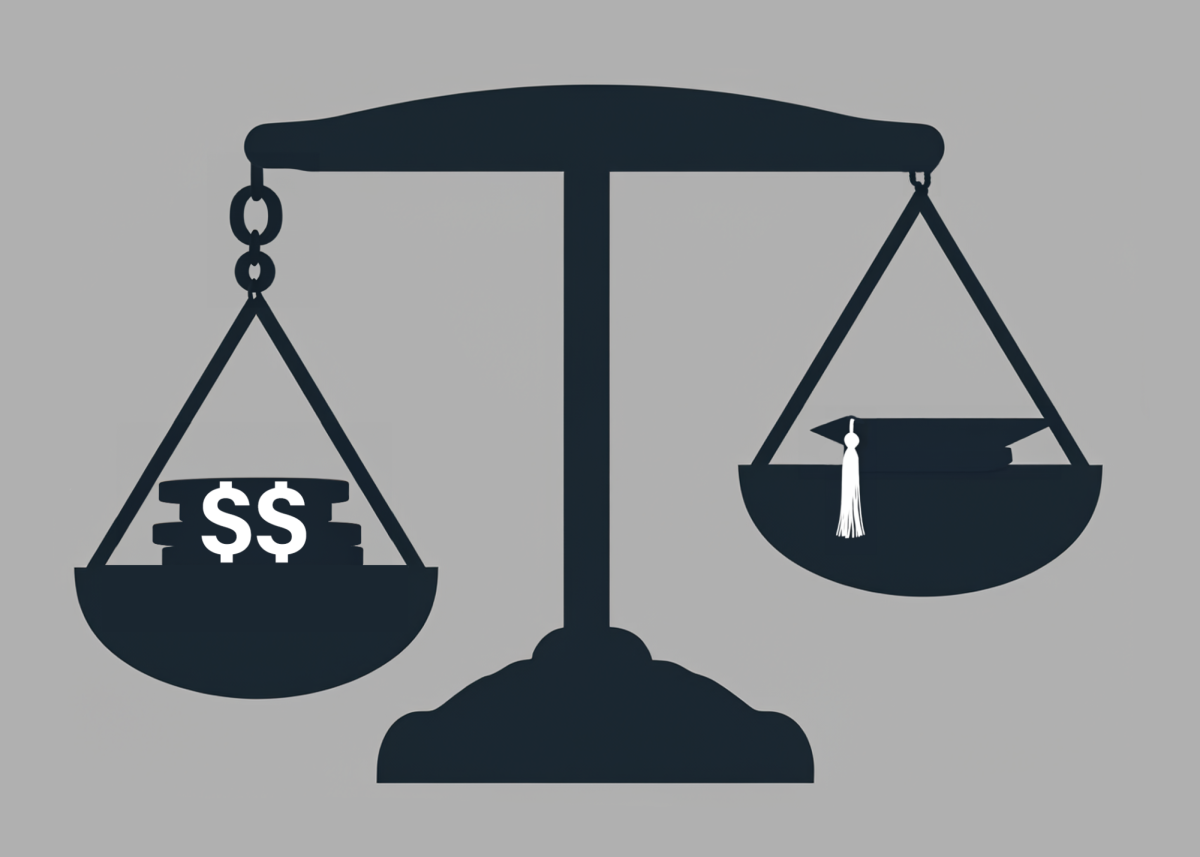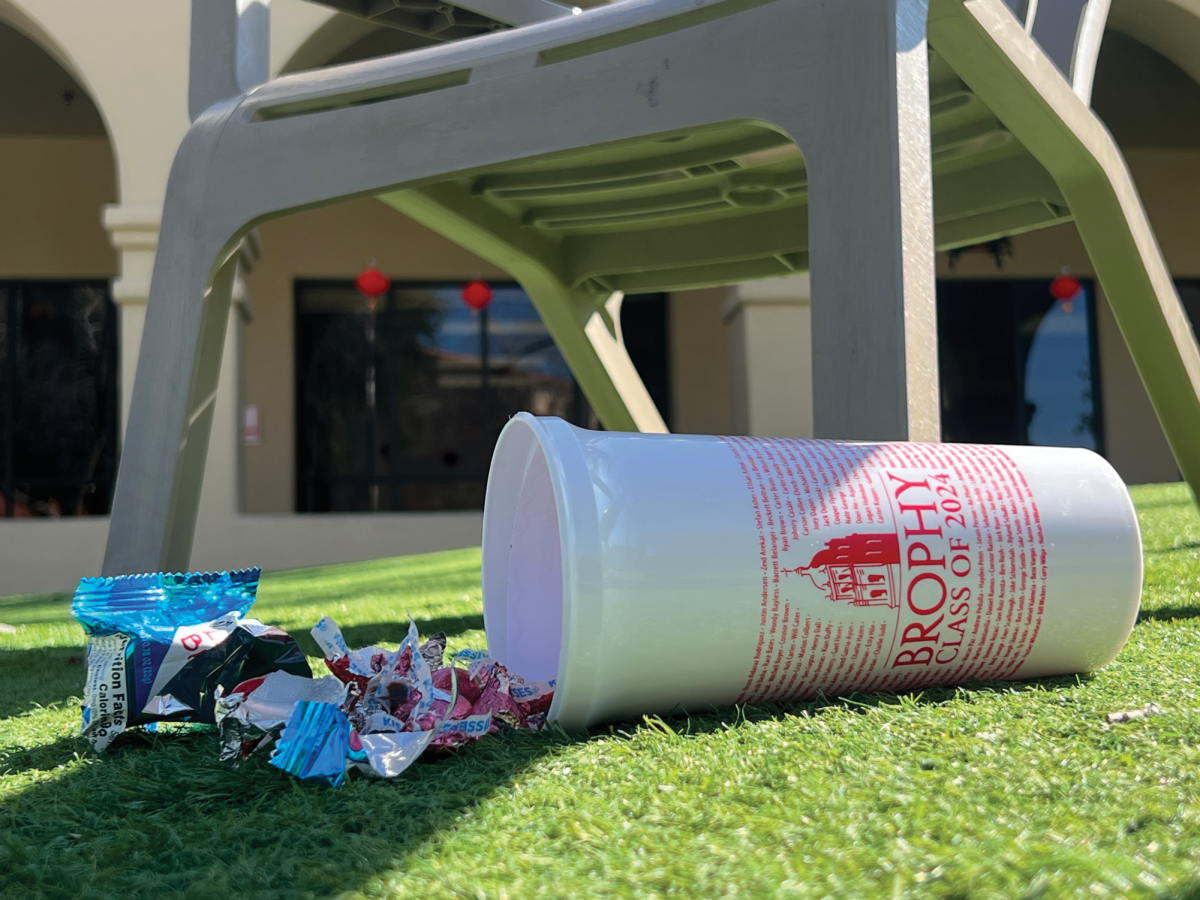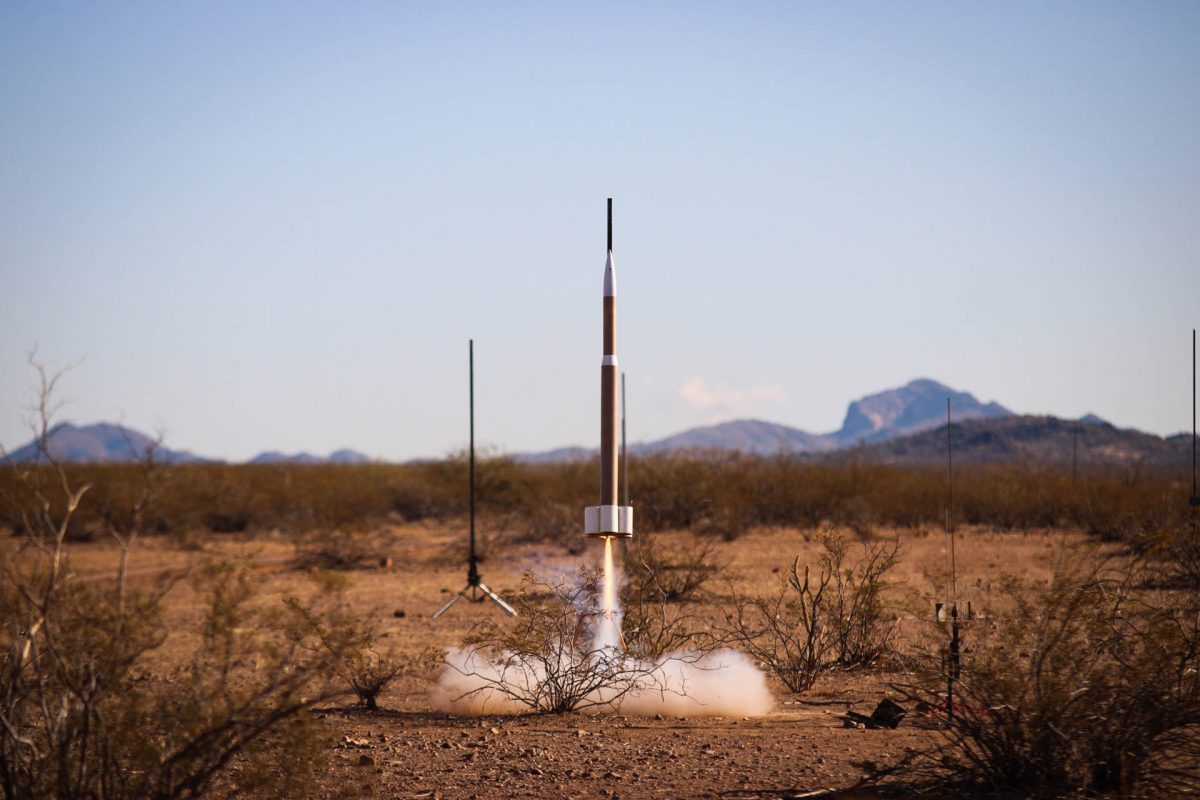By Reid Shniderman ’20
THE ROUNDUP
The American penny is a large part of the United States’s currency, and its manufacturing cost is still growing.
The penny was first put in production in 1793, just a year after the country’s first national mint was founded. Since then, the one-cent coin has made many changes, both physically and monetarily.
Currently, the two main elements that make up the American penny are copper and zinc. Before the 1980s, pennies were 95% copper, which made their melting value— the value of a metal after melting it into the raw materials— very expensive.
Penny collectors can benefit greatly if they were to melt older pennies into raw copper. If there wasn’t a law forbidding the destruction of regular currency for profit, collectors could make quite a large sum of money for melting some older coins down into scrap metal.
After 1982, the government decided to change the amount of precious metals in their pennies in order to save money on manufacturing.
Instead of 95% copper, the national mint changed it to more than 97% zinc and a thin copper coating, making their melting value of pennies much less, as zinc is much cheaper than copper.
However, one penny is still more expensive to make than it is worth. In 2015, the government planned to cease penny production completely to decrease the federal budget. But in the end, the plan was thrown out of the budget’s blueprint entirely.
The current federal budget, created and put into place by Congress and President Trump, show huge cuts of funding to several dozen government departments, administrations and organizations to put into areas of higher importance.
However, the United States may be able to increase this budget and decrease cuts in funding by lessening the amount of copper within the penny further, or even remove it entirely.
This way, the national mints can decrease the melt value of the little Lincoln coin we know and love lower than its face value and ultimately save more money for more important investments.



























